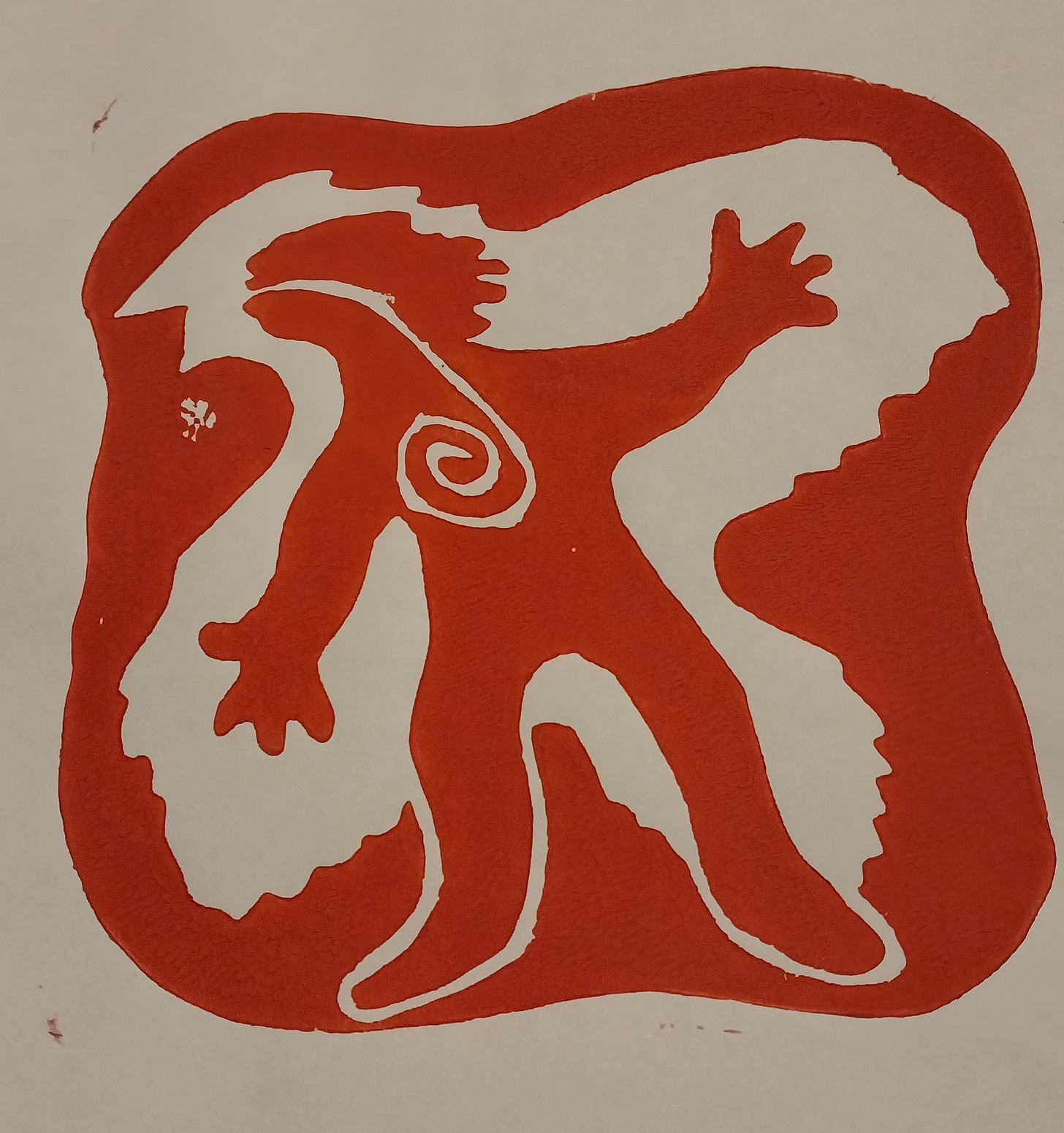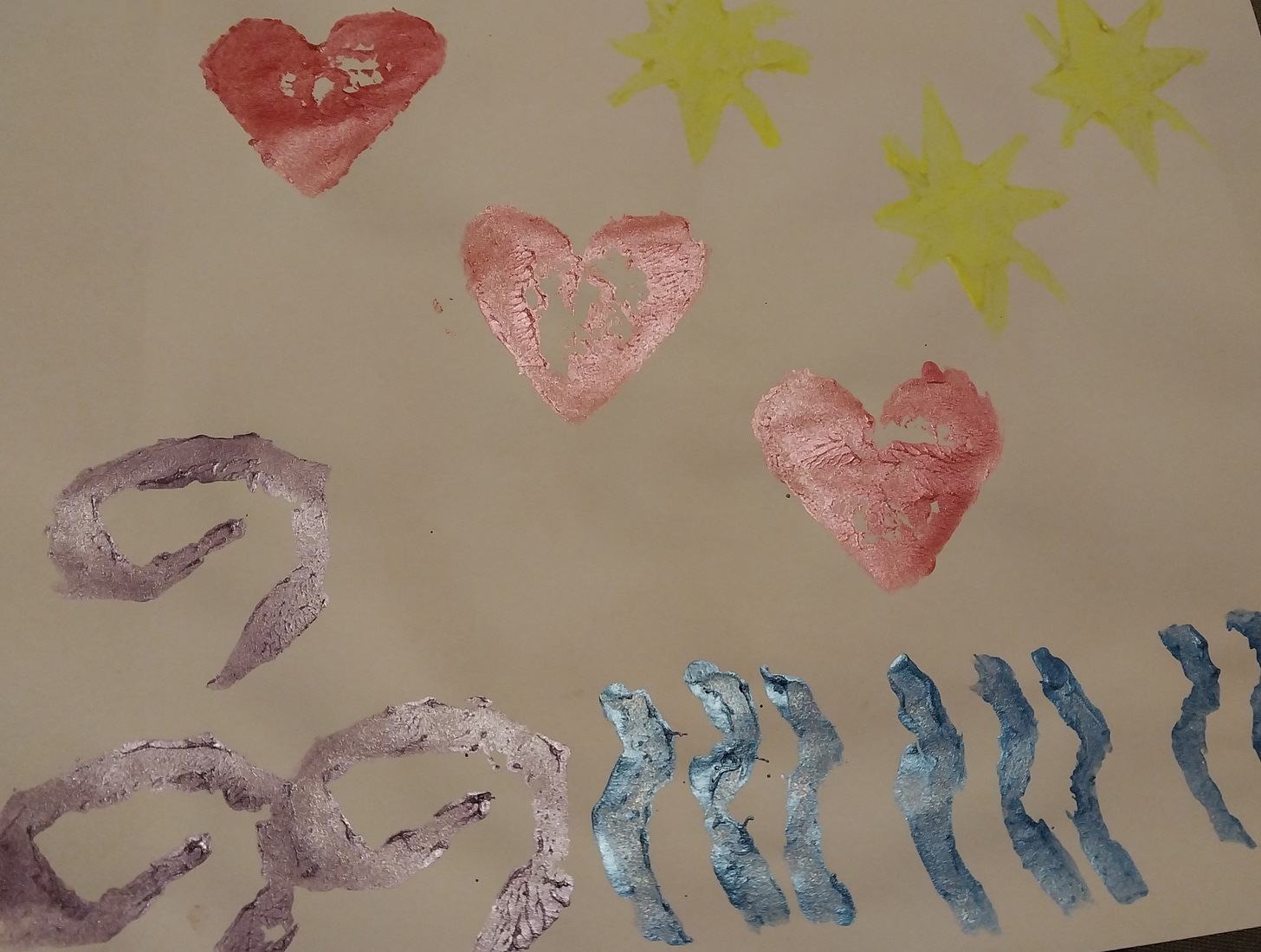Burn On, Not Out
Creativity, Spirituality, and Connection as Antidotes to Burnout
Burnout has taken over the vernacular like “fight or flight,” trigger, boundary, and all sorts of other psychological language that once meant something specific, but now is applied broadly. Burnout is typically used to refer to a specific type of stress and unwellness that’s brought on by work. At its most general, it is the mismatch between what you thought you would be doing at work and what you are doing in practice. Some aspects of a job that can contribute to burnout include:
Time pressures
Lack of control of the pace one needs to work at
Chaotic environments
Lack of control of schedule
Administrative tasks
Documentation requirements
Ethical challenges
Moral injury because of witnessing human suffering
Difficult interpersonal dynamics
Challenges balancing work and home-life
Burnout manifests as emotional exhaustion, depersonalization, and lack of a sense of personal accomplishment. That all sounds eerily familiar, because I can safely say that I have been burned out for at least two-thirds of my career. On the most recent online assessment I took a couple days ago, I had “very severe burnout” and was told (by the survey creators) that I should take urgent action about this.
In healthcare, this “condition” is especially prevalent. For women, even more so. Within medicine, my field, Emergency Medicine, typically has the highest burnout rates. Rates of burnout among emergency physicians are as high as 74%, researchers estimate. Hospital systems and government organizations have become concerned about this because strong evidence shows that burnout impacts the quality of care for patients and causes staff to change careers or leave the field entirely. This is costly and impacts access to care.
That concerns me too, but far more concerning is that human beings are suffering profoundly in careers that are supposed to be about enhancing wellbeing. At Penn State College of Medicine, a team conducted simple depression screenings in multiple hospital systems. Before the pandemic, the depression rate among physicians was about 10%, now that rate is approaching 1 in 3, according to vice dean Daniel Shapiro, PhD. In fact, according to a Medscape physician survey, 10% of physicians have thought about or attempted suicide. In the United States, 400 doctors commit suicide every year. That’s equivalent to two large medical school classes. When I think about the bright eyes, altruism, and hope I saw on the first day of medical school, that harsh reality breaks my heart.
Emergency physician Debra Williams, MD, told CHG Healthcare, “we are trained to be tough, resilient, superhuman, make no mistakes—so you don’t show emotion, you don’t cry, you don’t ask for help. We’ve all fallen into that trap.”
This is definitely the culture that I have experienced as well. The expectations that we are superhuman and make no mistakes are especially destructive because that impossible standard leaves you never feeling good enough, no room to be a regular human. Similarly, she notes that doctors tend to be high achievers and perfectionists, “so, we have those personality traits to begin with. And then when our mentors and attendings set that standard of, ‘you’re tough, you don’t cry, you don’t break down, you don’t ask for help, you just do it,’ that has all, over the years, contributed to where we are now.”
Burnout has often been viewed as a personal failing. It’s a personality trait. It’s because you aren’t taking care of yourself by eating well and getting enough exercise. In reality, the people who are most “burned” by this syndrome are the people who care the most. The people who work the hardest. The people you would most want to be your doctor.
The strategies that are presented as solutions for burnout are most often individual ones, such as sleep, exercise, nutrition, and mindfulness. As much as those are all beneficial habits, surveys suggest that most of us are already doing the things we’re told we “should” do to prevent burnout. Yet we’re still burned out. No amount of yoga is going to fix the fact that I am legally required to discharge a patient I think is at high risk to commit suicide.
So what actually facilitates post-traumatic growth and resilience? Research on prisoners of war, military personnel, holocaust survivors, and trauma survivors shows that there are key protective factors that increase the likelihood of thriving after significant challenges. These include:
Confronting fear rather than avoiding the experience
Maintaining an optimistic outlook
Seeking and accepting social support
Imitating role models who show the way in work or family life
Relying on an inner moral compass
Believing in a higher power or something greater than oneself
Accepting what cannot be changed
Attending to health and wellbeing
Creating meaning and opportunity from adversity
Accepting personal responsibility for wellbeing
After reflecting on this list, I realize that I have some of these traits naturally, but certainly not all of them. So how do we cultivate the ones that we do not have?
My top burnout prescriptions are creativity, spirituality, and connection. Creativity helps us confront fear and create meaning from adversity. Spirituality helps us rely on an inner moral compass, believe in a higher power, and accept what cannot be changed. Connection helps us find and accept social support and find role models.


As I wrote last week, I don’t think we ultimately solve these problems without letting go of the idea that healthcare needs to be efficient. True care can’t be efficient. If it is, the one receiving care doesn’t feel cared for and the one giving care feels overwhelmed. This cannot be sustained. Cutting that link between healthcare and efficiency is a lifelong project, but in the meantime we have to try to save ourselves. I’m creating a project I’m tentatively calling, “Burn On, Not Out.” (Hat tip to the Burn It All Down podcast for that phrase.) It’s inspired by the Colorado Resiliency Arts Lab (CORAL), which was created by a critical care physician and an art therapist. CORAL is a 12-week program during which healthcare workers can focus on dance, music, art, or writing to express themselves and share vulnerably with others who have been there before.
Burn On, Not Out is still in its groundwork phase, but I want to take by the hand those who crave creative and spiritual practices, but don’t know where to start. Through this community, I hope to illuminate the path forward. Then, I want us to connect about the treasures we find along the path.
I always love your comments and hearing from you, but today it would be especially helpful as I enter the planning stage of this project. Feel free to share your experience in the comments, or even better, share your thoughts in this survey to help me imagine this new village. Thank you so much for your support! Stay tuned, over the next couple weeks I’ll share my personal journey to return to spirituality and creativity from the world of rationality and evidence-based everything.
I hope one of my all-time favorite authors, Kurt Vonnegut, will provide you some inspiration for the road, “To practice any art, no matter how well or badly, is a way to make your soul grow. So do it. We must remind others that the value of art lies in the process, not just the product.” (Thanks to
for this quote!)

Too often I feel we blame the person for being burnt out while overlooking the systemic causes such as work environments and societal pressures. I tend to refer to Psychologist Kurt Lewin and his equation B = f(P, E) - where Behaviour is a function of the Person and their Environment - we often forget the overwhelming influence of the Environment.
'Nettle Witch' sounds fascinating, keen to learn more...